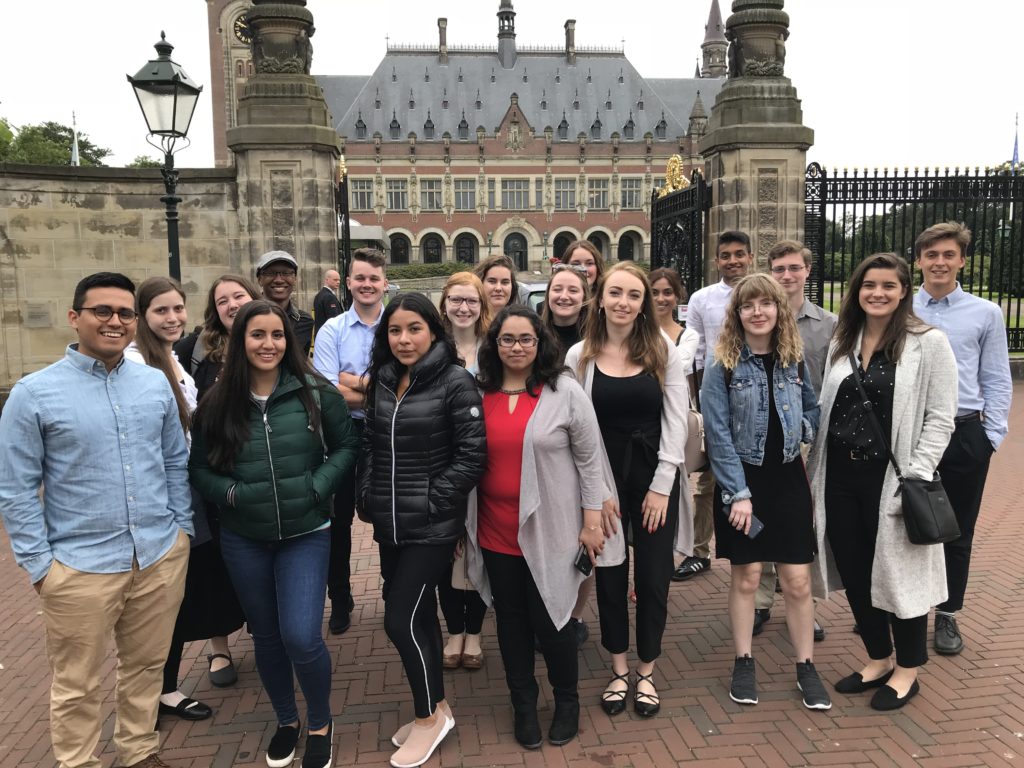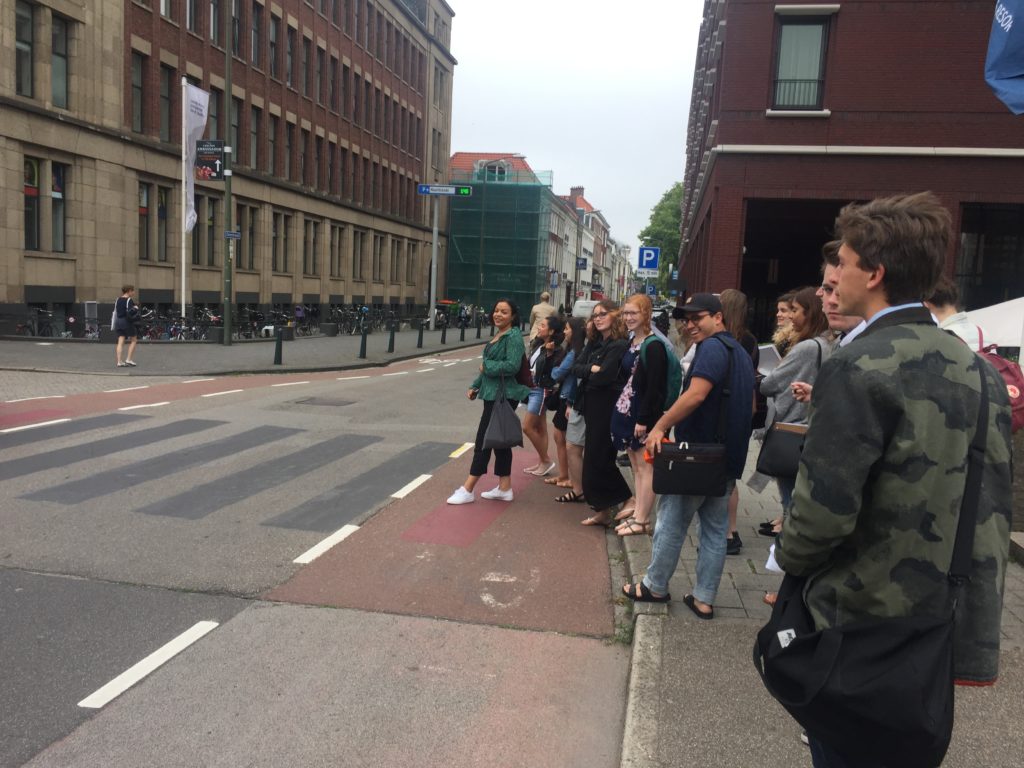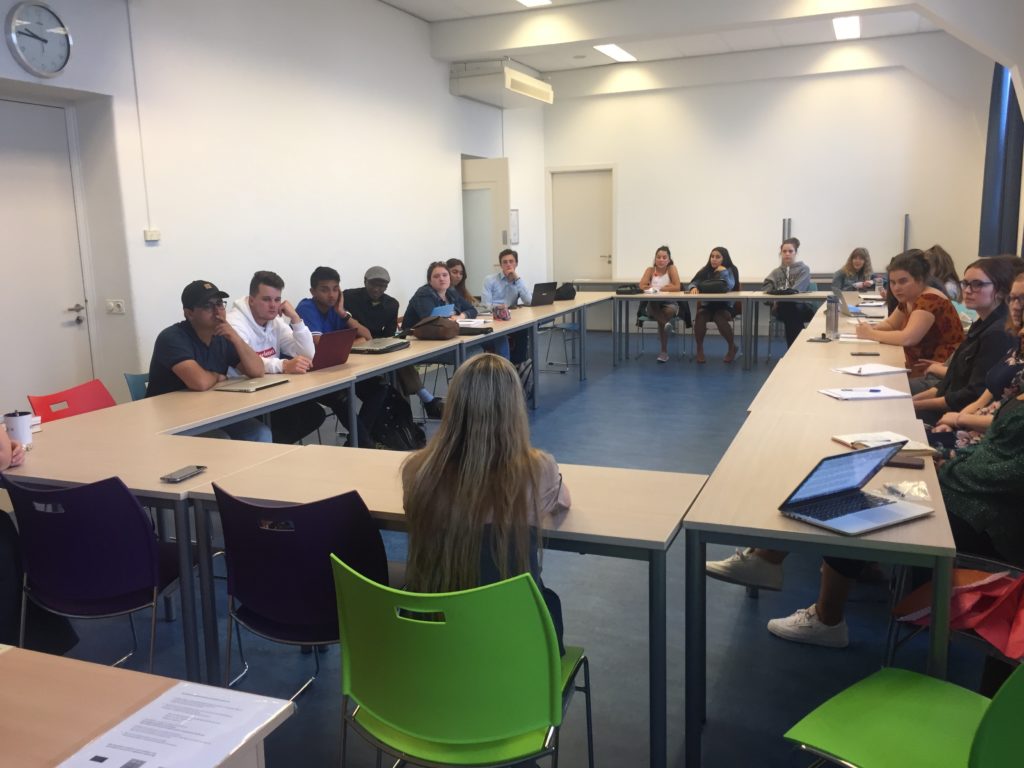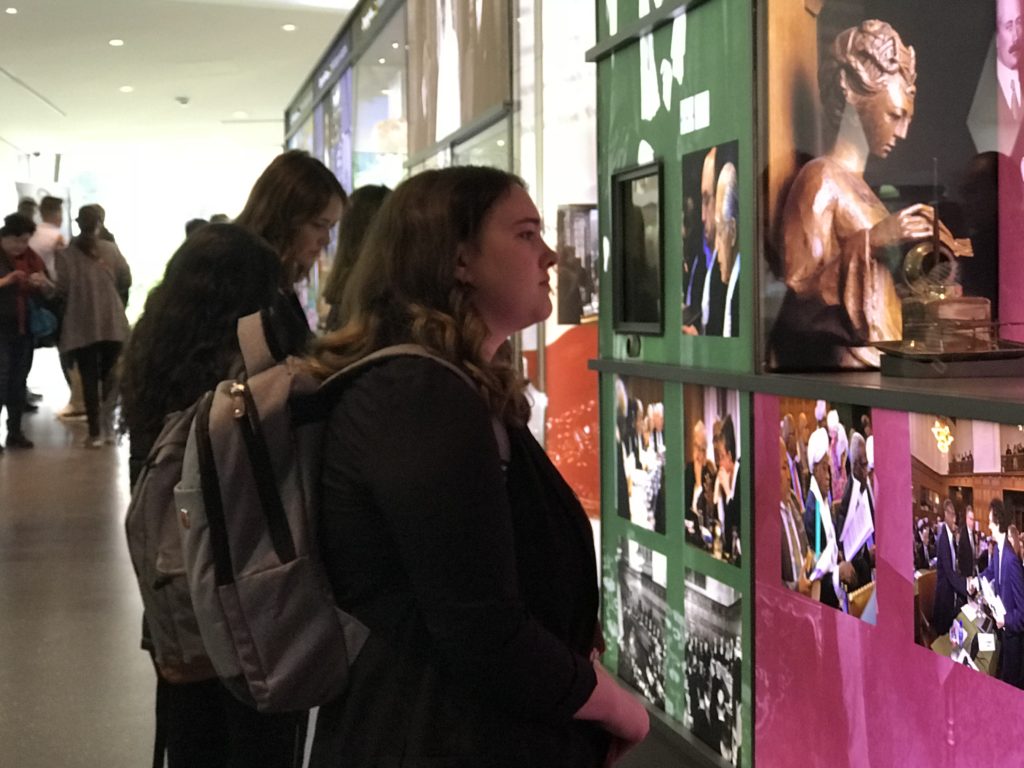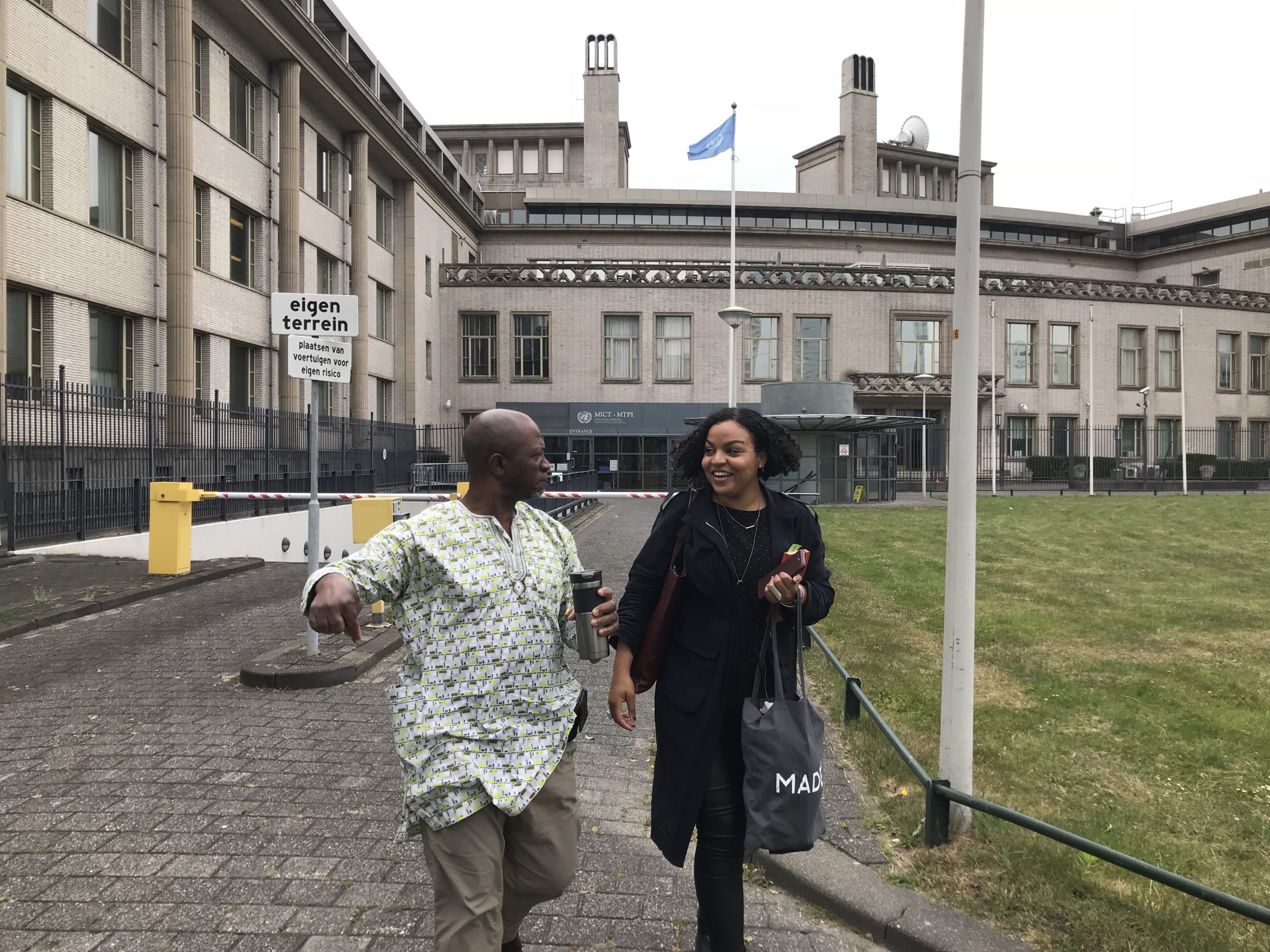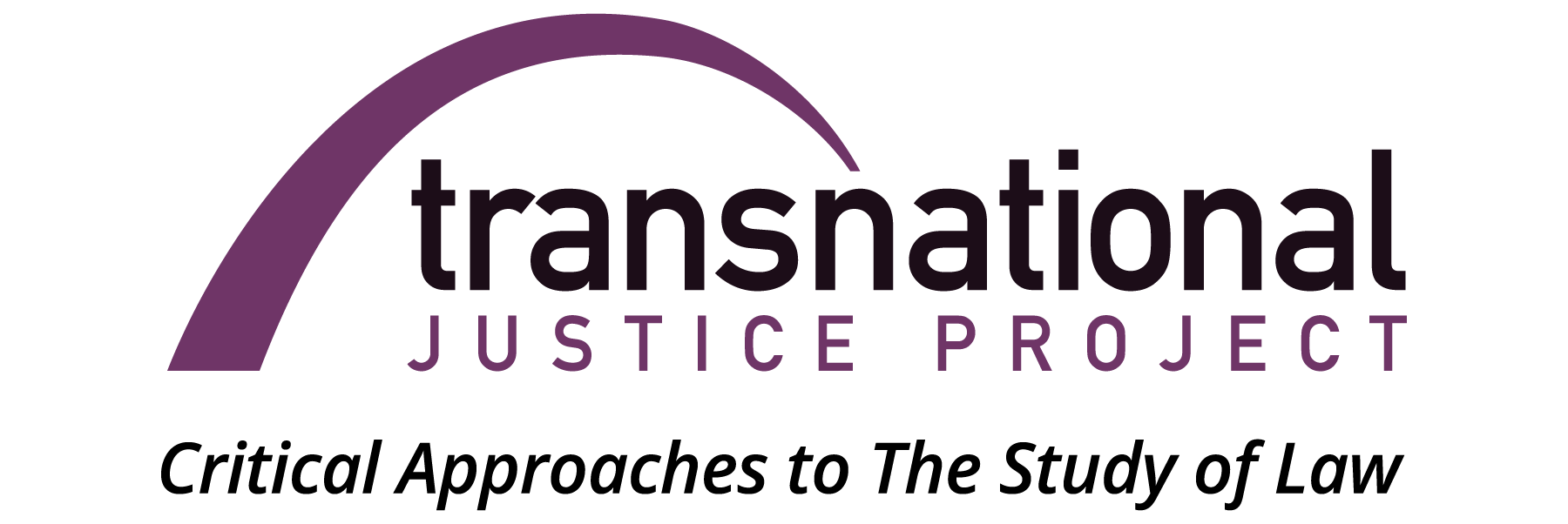In this three-week course students explored public international justice terrain with a focus on international criminal law, international human rights law, and humanitarian law. Students were encouraged to examine the practices of actors engaged in the making of international law regimes as well as the contexts within which such forms of international law are made to intervene. With a focus on the lawyers, scholars, political actors, Non-Governmental Organizations, and various institutions that shape the moral values of contemporary law, the course explored the contexts, innovations, controversies, and contestations within the field of international law, with a focus on criminal law.
Students attended daily classes, and engaged in interactive meetings with agents engaged in international justice institutions, such as prosecutors and defense attorneys at the International Criminal Court (ICC), judges and members of non-governmental organizations. Through such encounters, students had an opportunity to ask questions and participate in debates about their work and role in the field of international justice.
True to the immersive intent of the course, students participated in lectures and tours of the Peace Palace with an afternoon at the International Court of Justice (ICJ), the Permanent Court of Arbitration (PCA), the Humanity House (museum run by the Red Cross) and the various international criminal courts and tribunals, such as the ICC, the International Criminal Tribunal for the former Yugoslavia’s (ICTY) and the International Criminal Tribunal for Rwanda’s (ICTR) residual mechanism, the United Nations Mechanism for International Criminal Tribunals (MICT). These various Hague tours allowed students to explore their premises and to see how these institutions work in practice by attending hearings and debating issues with specialists in the field, offering the opportunity to understand the complexities of international justice in the making.
